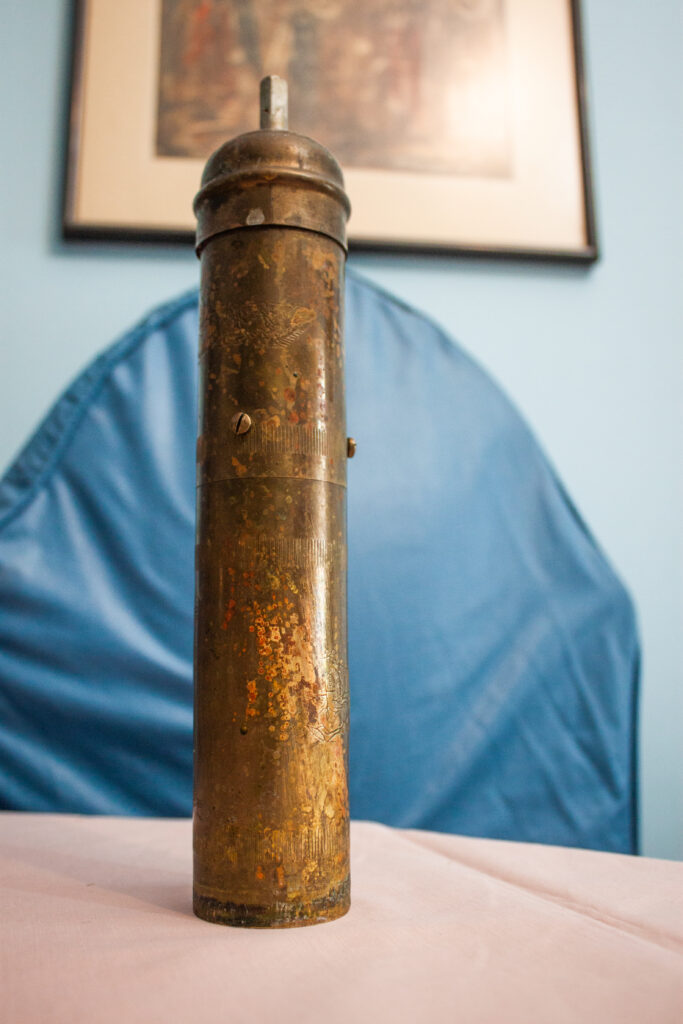
Epameinondas Markis was born in Panormos of Asia Minor in 1901. He didn’t finish school because he was in the habit of throwing marbles at his teacher. He became a carpenter’s apprentice in Kontoskali, with his father handing over all responsibility for the boy to his master. In 1917, he was to be conscripted into
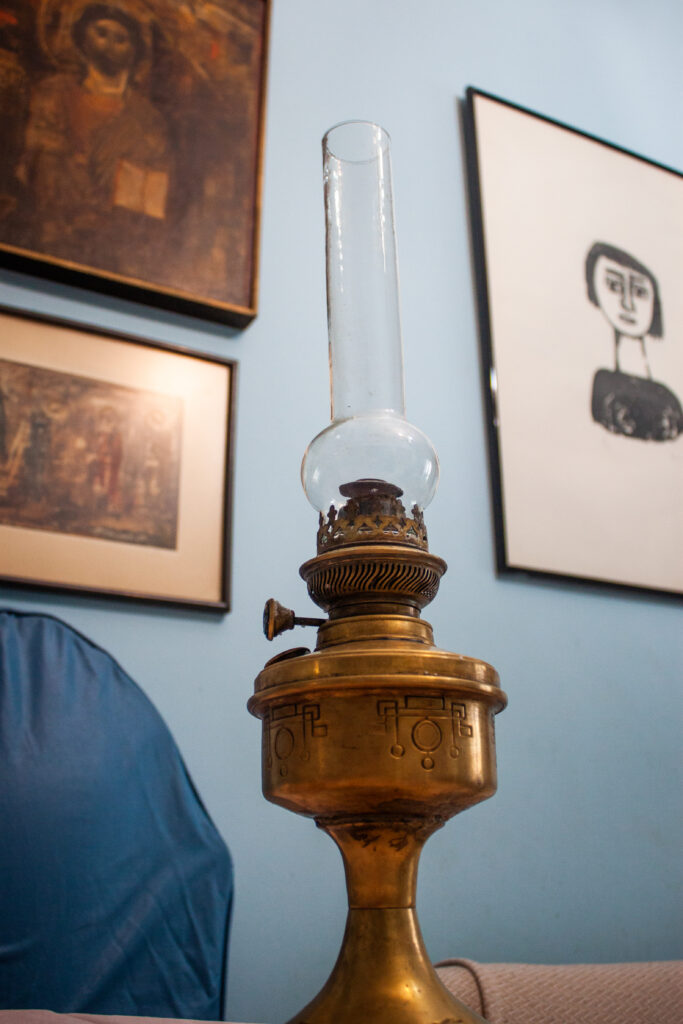
Efterpi Marki, daughter of Epameinondas and Olga Antoniou from Korissos, Kastoria, told Areti Kondylidou that the family had brought a big part of their household with them. Only some bronze cookware survives, along with three ‘precious’ items, one of which is a bronze petrol lamp. Efterpi considers this lamp to be the most valuable item in her household and she is extremely proud of it.
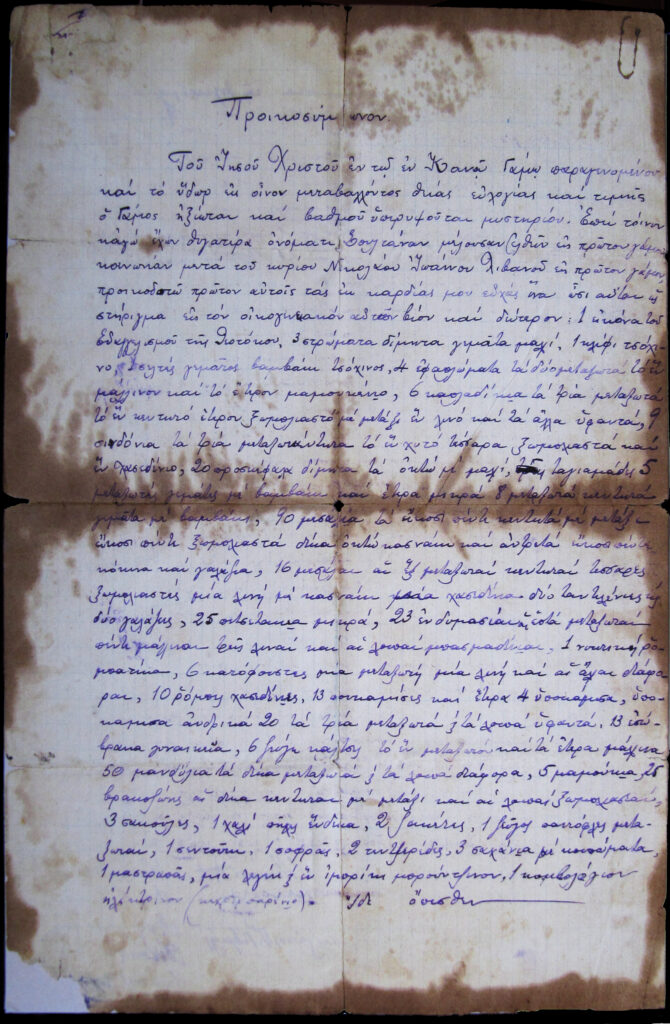
On September 5, 1909, a dowry agreement was signed by Father Gavriil Papazoglou, an Orthodox deacon and father of the bride (Soultana Papazoglou), and Ioannis Livanos, father of the groom (Nikolaos Livanos), for the upcoming ‘first marriage’ of the young couple.
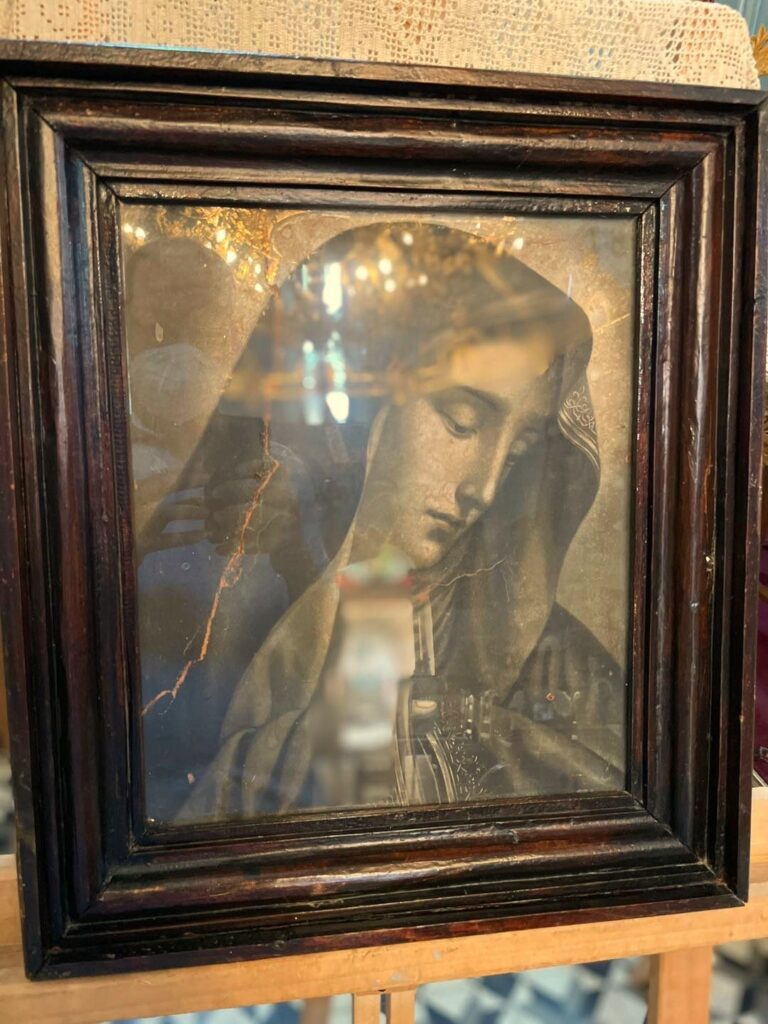
Holding baby Jesus, showing tenderness and mercy, being blessed and full of grace, giving life, mourning, praying; these are just some of the iterations of Virgin Mary, the ‘Mother of God’, in the Orthodox tradition and art. As descendants of refugee families, the members of the ‘Agios Polykarpos’ Brotherhood of Asia Minor Greeks of Chania are responsible for the preservation of the icons their Asia Minor ancestors brought with them.
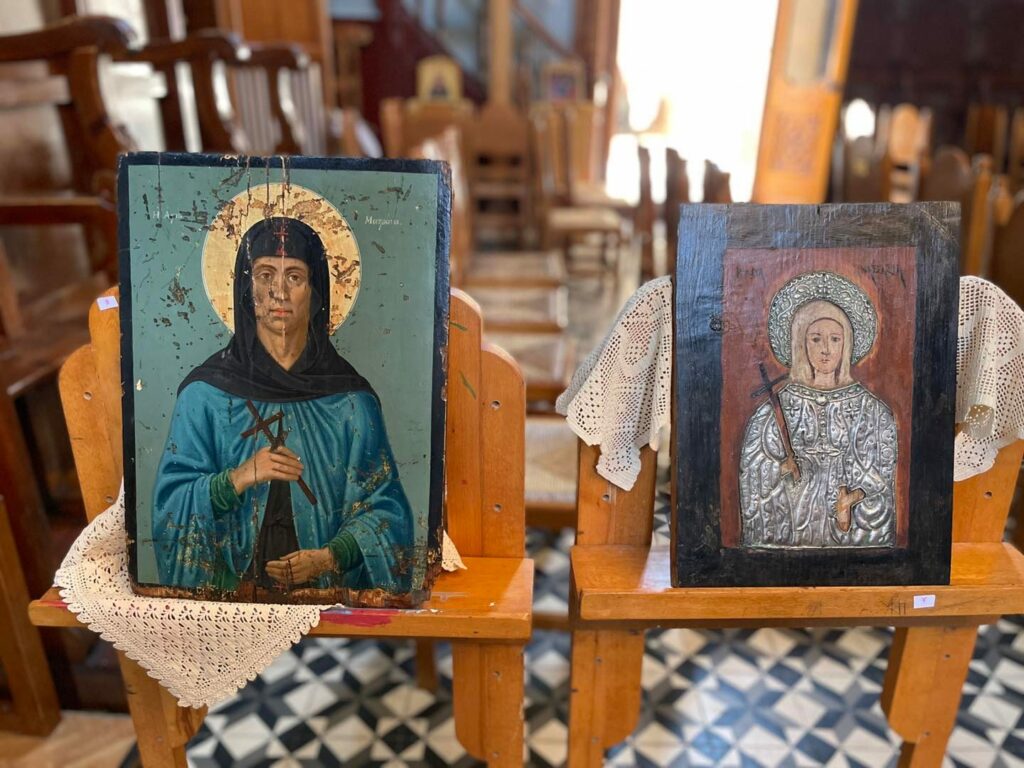
The role of these icons is two-fold according to the Brotherhood. On the one hand, they constitute evidence of the religiosity and piety of the refugees both when they lived in Asia Minor and after they resettled in Greece. On the other, they link refugee descendants to their ancestors’ homelands.
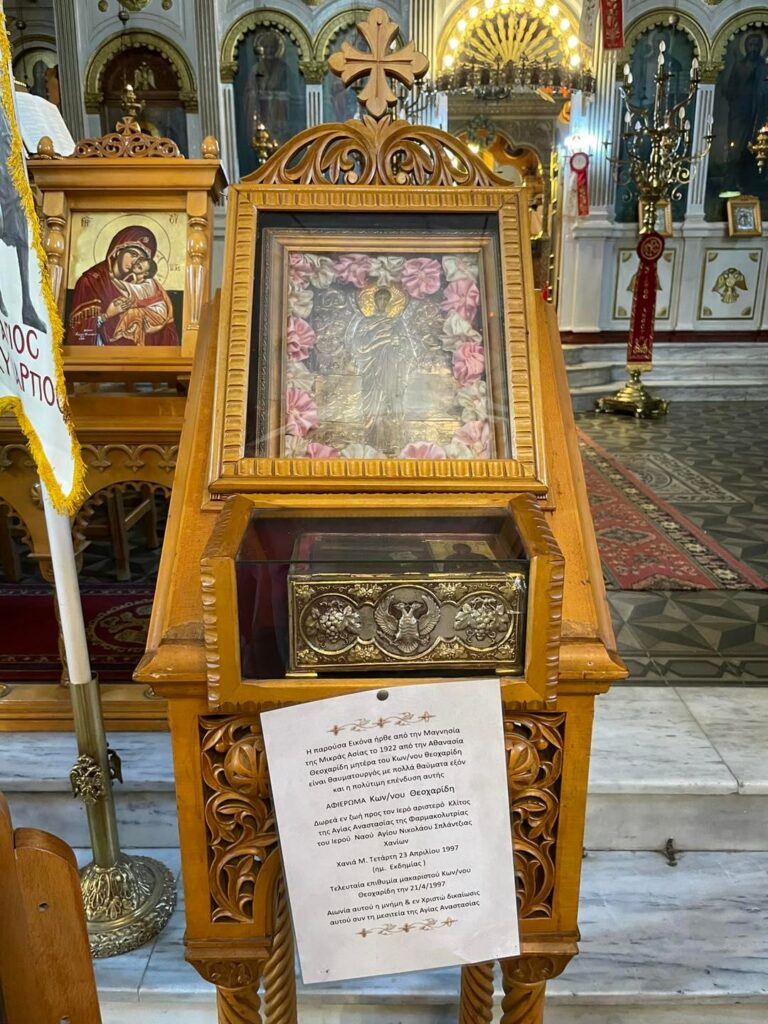
Around 30 icons were transported to the church for this ceremony. Some of them were in good condition, others were more fragile; some depict more obscure saints, others more recognizable ones; some have well-established origins and history, others remain a mystery.
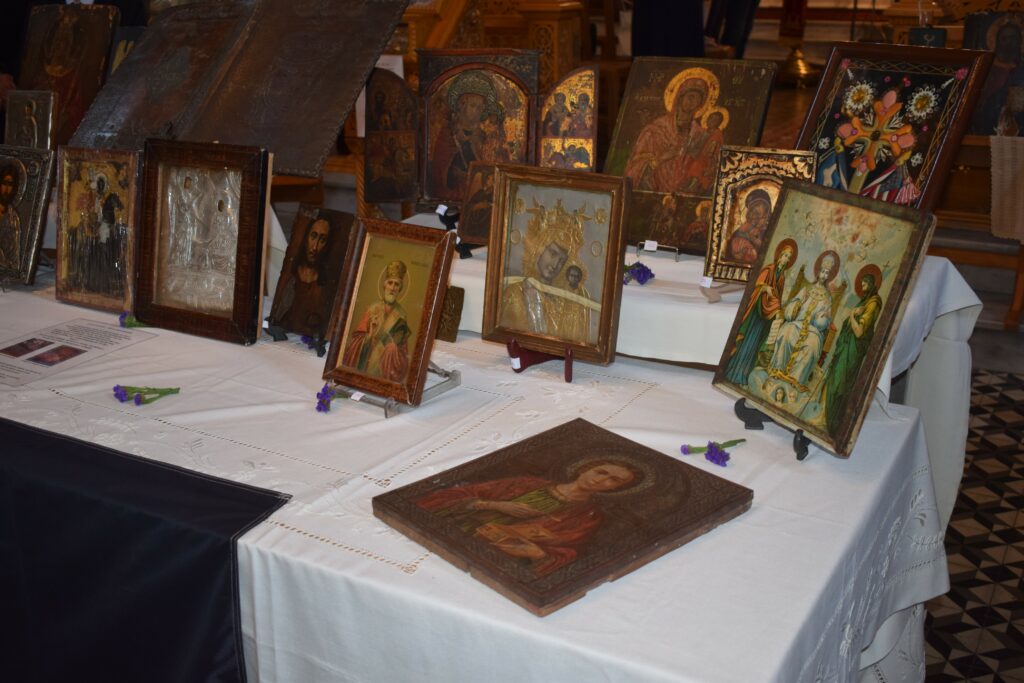
On Saturday, May 28, 2022, the ‘Agios Polykarpos’ Brotherhood of Asia Minor Greeks of Chania commemorated the centenary since the Asia Minor Catastrophe by organising a blessing of the icons that their refugee ancestors had brought with them from their homelands. They chose the church of Agios Nikolaos due to its deep connection with the town’s refugee history. It was the main church of Splantzia, an area which received a large number of refugees since its Muslim residents had already abandoned it, leaving their homes behind.
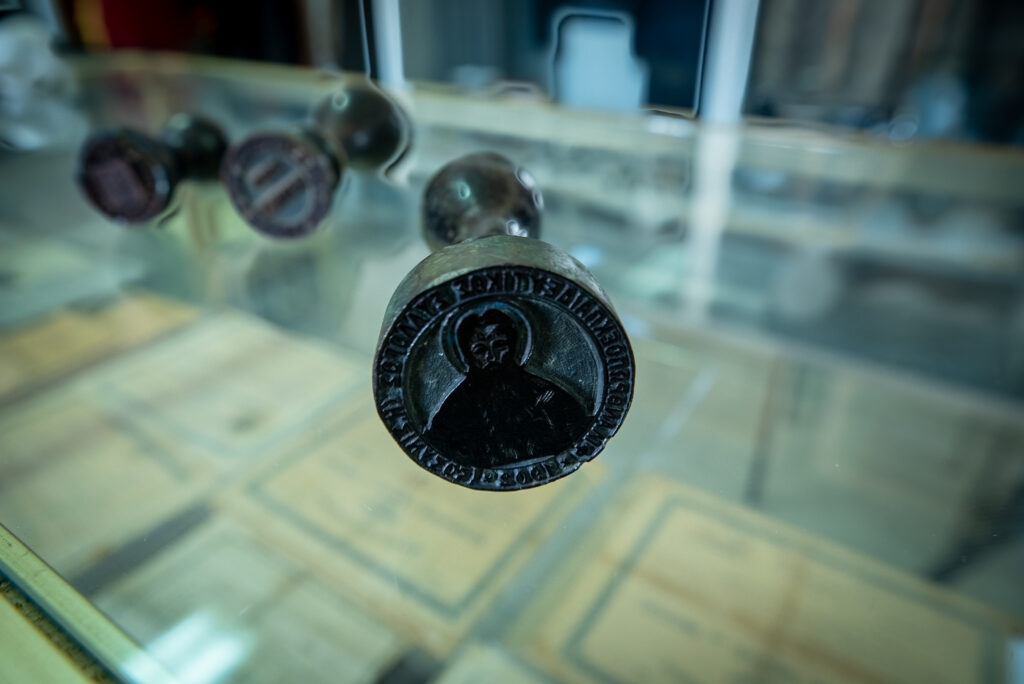
Even though none of the institutions of Sinasos would survive the resettlement in Greece and the new circumstances after the Exodus, its residents painstakingly packed and moved an array of community objects and registers, alongside their own personal belongings. Despite the fact that the three seals they brought to Greece were never used, they still attest to the meticulousness of the organising system the residents of Sinasos had to leave behind and its importance to them.

‘Grandma Narina was the only grandmother I got to know and spend some time with. She used to call me “yavrum”’, says her granddaughter, Erifyli Souvatzidou. Now, ‘the dowry from Kaisareia’ belongs to Erifyli along with her sweet memories of Gradma Narina and the refugee house in Kokkinia.
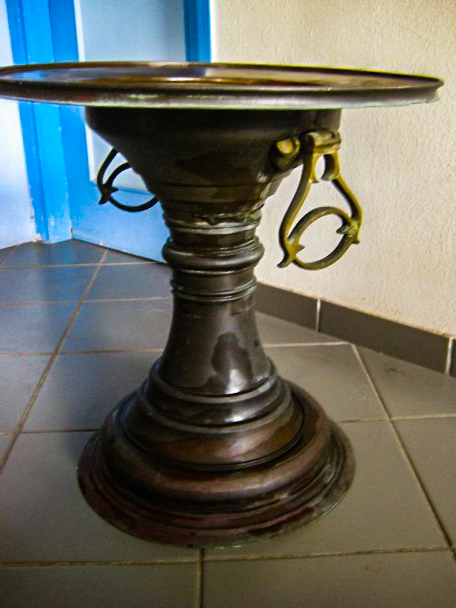
My grandmother on my mother’s side was like a heroine out of One Thousand and One Nights. Her name was Narina, which became Maria in Greek, and she came to Greece from Yozgat in Kaisareia (Kayseri) with her husband, Grandpa Symeon, a merchant who traded in fur and carpets all over Europe. They arrived via Constantinople, leaving behind relatives as they were passing through Greece: some in Kavala, Vasilis and Ierousalim Katemidis in Thessaloniki, Aunt Veta and Uncle Giorgos Doxopoulos in Nea Ionia of Volos.









